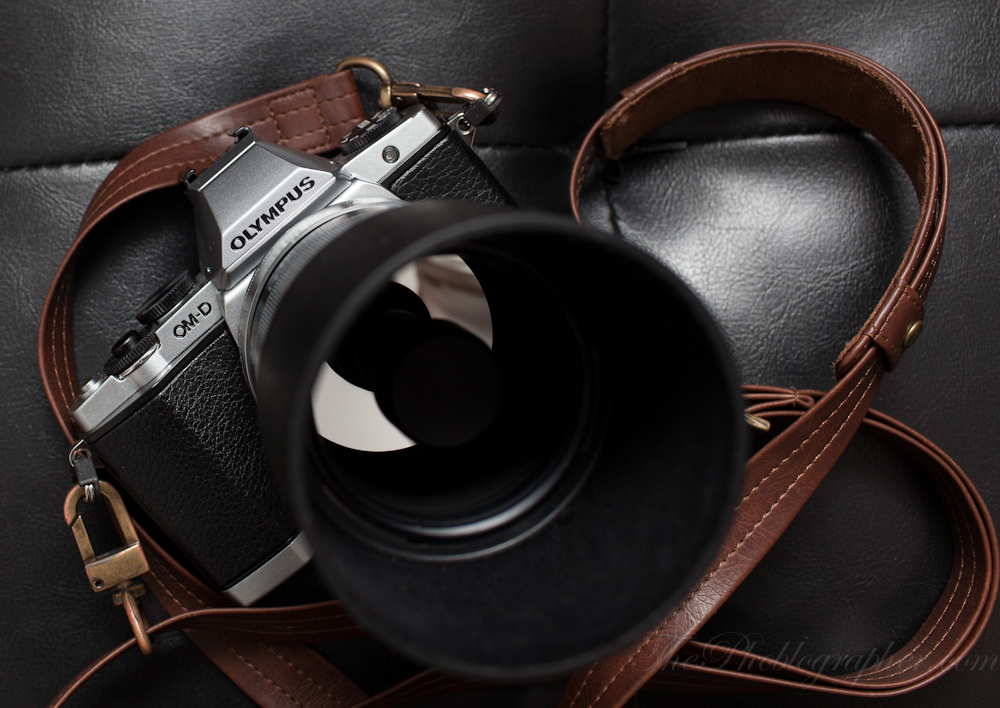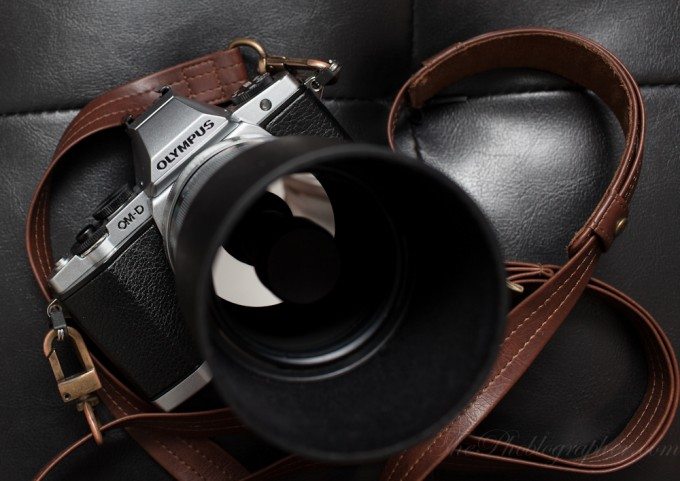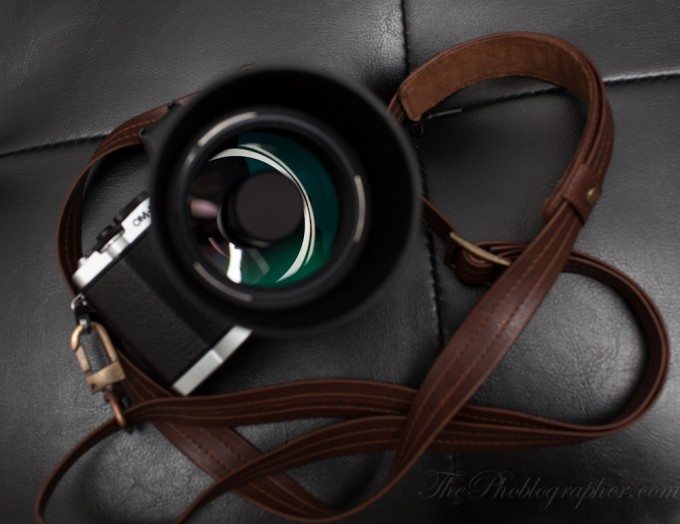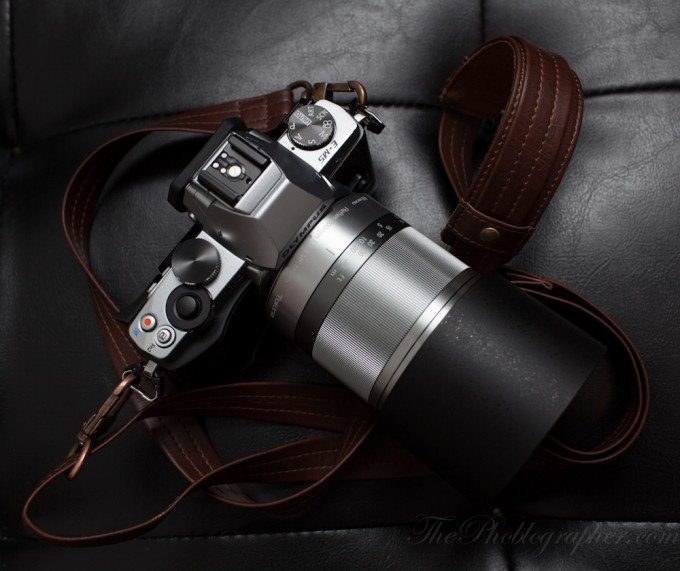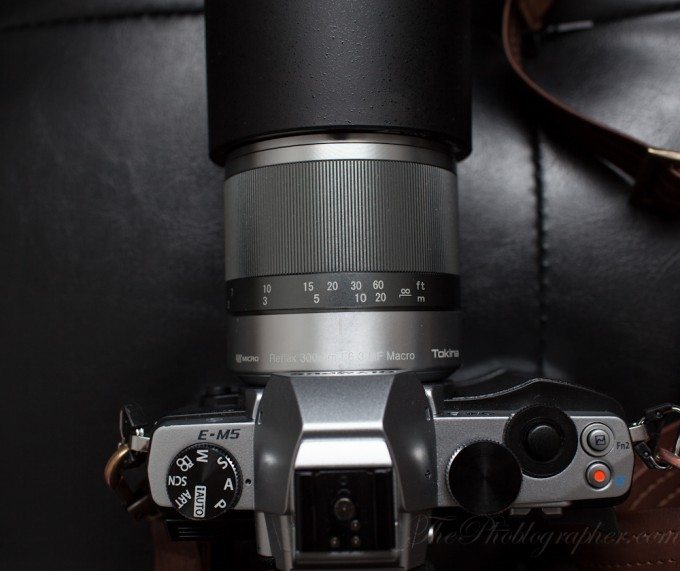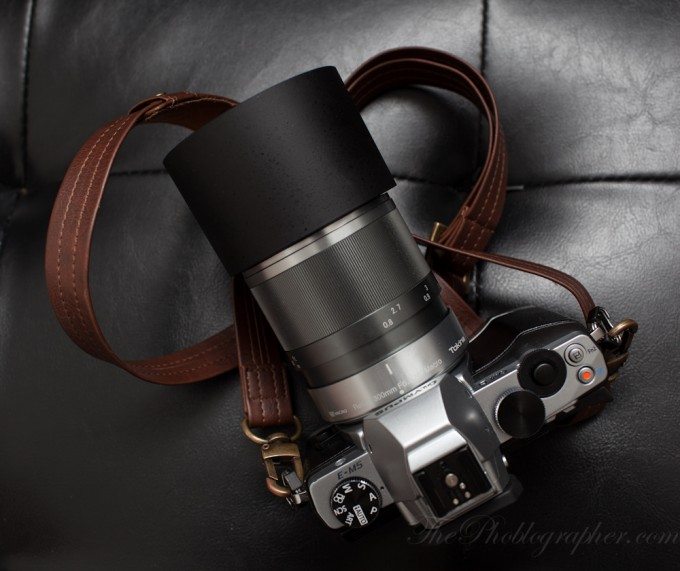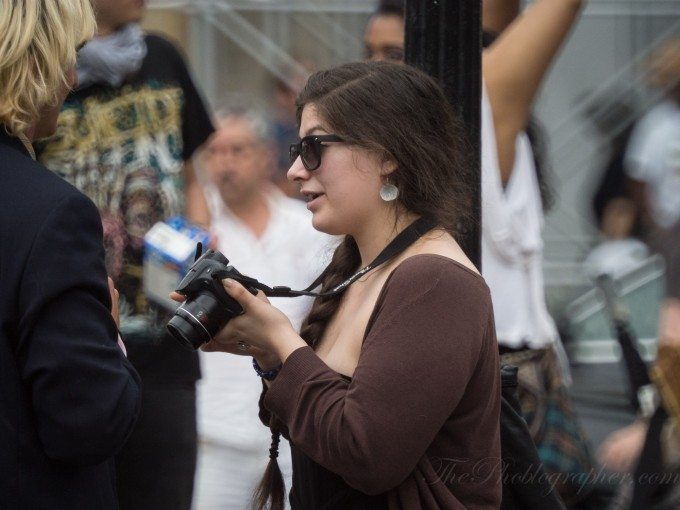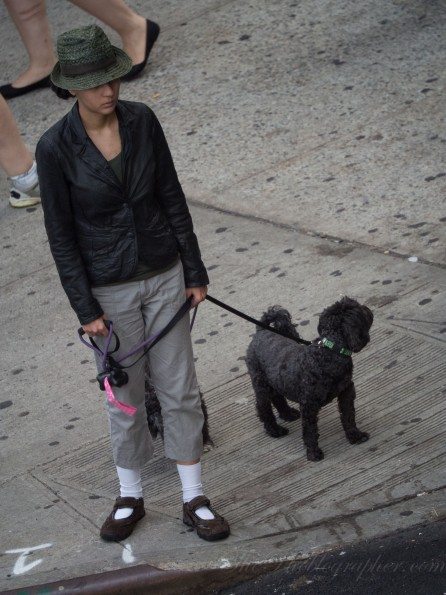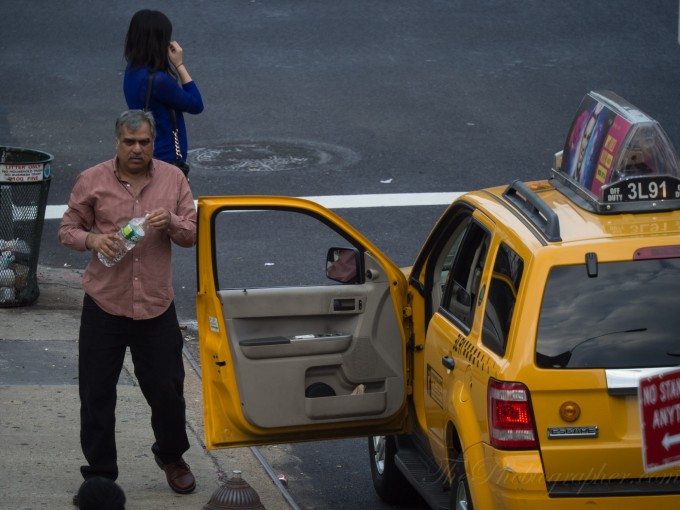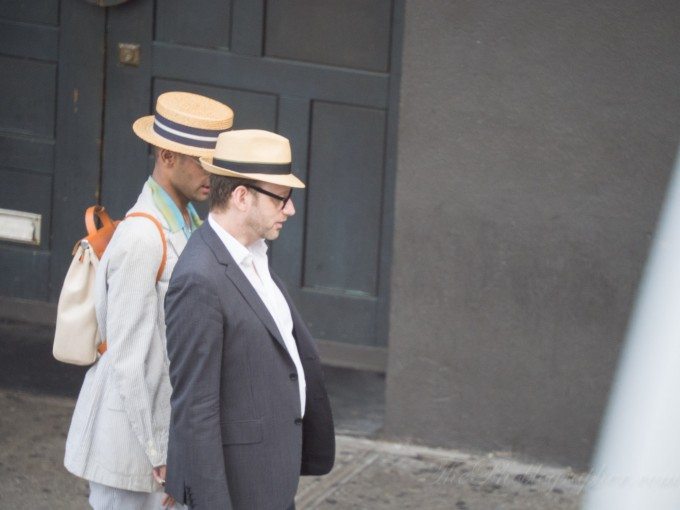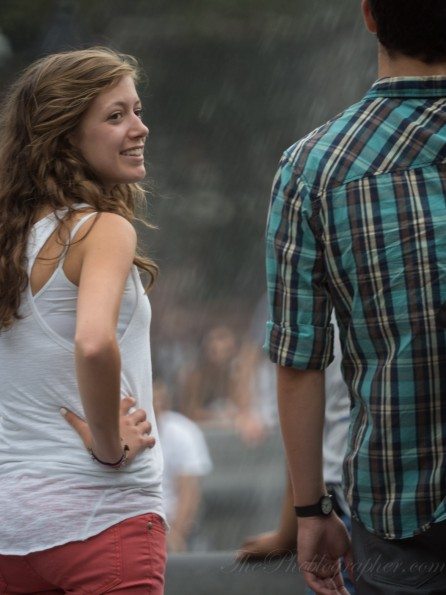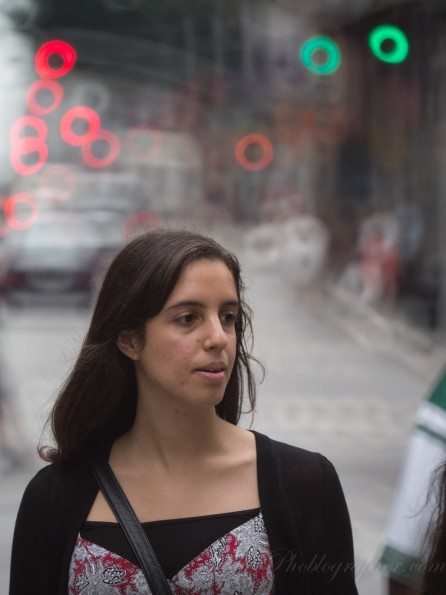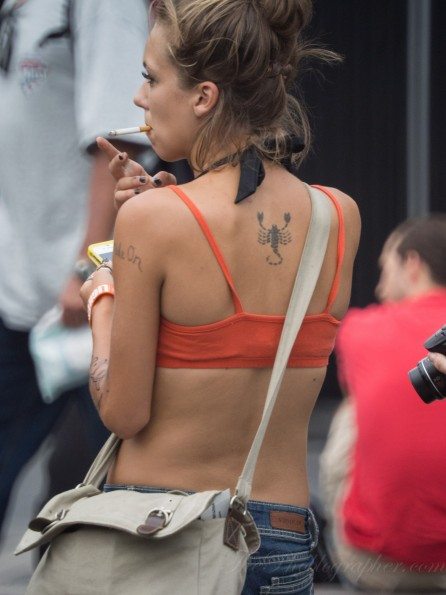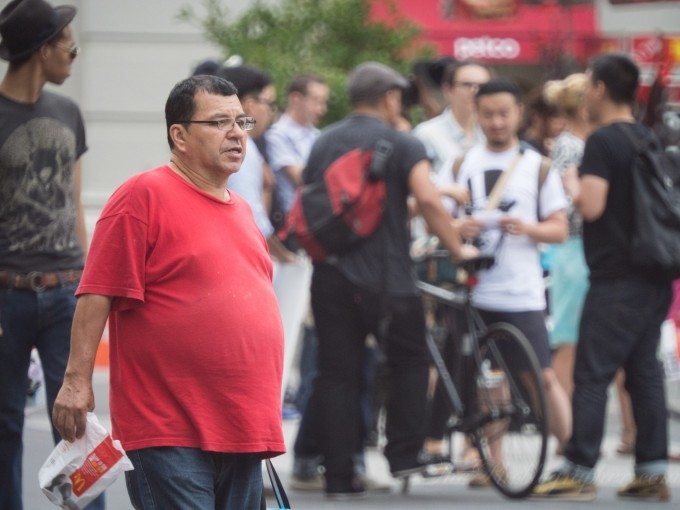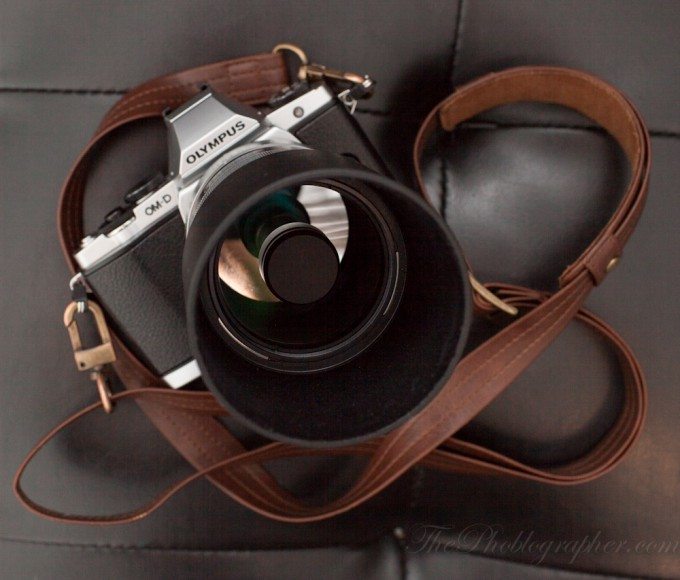The Tokina 300mm F6.3 Reflex lens was designed natively for the Micro Four Thirds mount, and perfectly holds to the philosophy of making everything smaller and more portable. Because it is a mirror lens, it is also a fixed aperture, has a curious looking mirror on the front, is manual focus, and has some interesting quirks.
On a Micro Four Thirds camera like my Olympus OMD EM5, it renders a 600mm field of view due to the crop factor. I’ve spent around two weeks or so with the lens so far, and what I can say is that it will surely encourage some covert ops and some interesting portraits on the street.
Gear Used
Tech Specs
Specs taken from the B&H Photo Video listing of the lens
| Performance | |
|---|---|
| Focal Length | 300 mm Comparable Focal Length: 600 mm |
| Aperture | Maximum: f/6.3 – 6.3 Minimum: f/6.3 – 6.3 |
| Camera Mount Type | Micro Four Thirds |
| Format Compatibility | Micro Four Thirds |
| Angle of View | 4° 1 |
| Minimum Focus Distance | 34.50″ (87.63 cm) |
| Magnification | Not Specified By Manufacturer |
| Maximum Reproduction Ratio | 1:2 |
| Groups/Elements | 11/13 |
| Features | |
|---|---|
| Image Stabilization | No |
| Autofocus | No |
| Tripod Collar | No |
| Flash Synchronization | Not Specified By Manufacturer |
| Exposure Control | Not Specified By Manufacturer |
| Physical | |
|---|---|
| Filter Thread | Front: 55 mm |
| Dimensions (DxL) | Approx. 2.17 x 2.60″ (55.12 x 66.04 mm) |
| Weight | 10.51 oz (298 g) |
Ergonomics
One of the first things you’ll notice about the Tokina 300mm f6.3 is the mirror on the front with a little circular disk in the center. You’ll also notice the extremely large hood. My advice is to keep it on there, because that mirror is probably very fragile.
The lens itself is fairly compact though; in fact, it is around the same size as my Voigtlander 17.5mm f0.95. The lens hood only makes it look larger than it really is.
On top of the lens is a focusing scale, but no depth of field scale at all. It can focus to beyond 60 feet and as close as around 2.5 feet. In front of this is a very large and extremely comfortable manual focusing ring. Said ring is also very smooth. But don’t think that you’ll go from 60 feet to 2.5 feet just like that. This is a lens that you’ll need to take your time with and set your photos up slowly before you press the shutter.
Additionally, ensure that your camera’s IS compensation is set to 600mm.
The lens has an overall silver color, which matches well with a Silver Olympus OMD EM5.
Focusing
Focusing the lens is fairly simple to do. All you need to do is keep in mind the 600mm focal length (equivalent) and just pay very close attention to your potential subject.
Oh also, it does this really cool doughnut-shaped-bokeh-thinger. That is characteristic of most mirror lenses, and it should be kept in mind for astrophotography and spying on the neighbors. Ensuring that you have critical focus can be tough on a system that doesn’t have peaking. Otherwise, you can liken the bokeh to what a blind person sees when they don’t have corrective spectacles on.
Sometimes your photos can be super sharp. And at other times, not really.
Ease of Use
The lens is very simple to use, but you’ll need to get used to the 600mm focal length. Also, it is best to only shoot outside.
Honestly, I wish this system and this lens was around when I was a paparazzi. I would’ve easily racked up loads more money each day.
Image Quality
Here are some quick image samples shot with the lens. All shot in aperture priority with auto ISO on and the image stabilization set to 600mm:
First Impressions
So far in use, the Tokina 300mm f6.3 has been incredibly fun. But I personally feel like I haven’t put it though some major tests yet. I’m considering doing a single gig as a paparazzo again with this setup and I also want to see if I can shoot some sports, more wildlife, and other things with it. A lot of astrophotography can also be done with mirror lenses, so I may get on a friend’s rooftop and give that a try too.
But overall, this is how Micro Four Thirds lenses are meant to be made: compact with a nice feel in the hand right where you primarily need it.
If I had to recommend anything, it would be that I wish this lens had a tripod collar with a quick release.
More to come in the full review.
Please Support The Phoblographer
We love to bring you guys the latest and greatest news and gear related stuff. However, we can’t keep doing that unless we have your continued support. If you would like to purchase any of the items mentioned, please do so by clicking our links first and then purchasing the items as we then get a small portion of the sale to help run the website.


